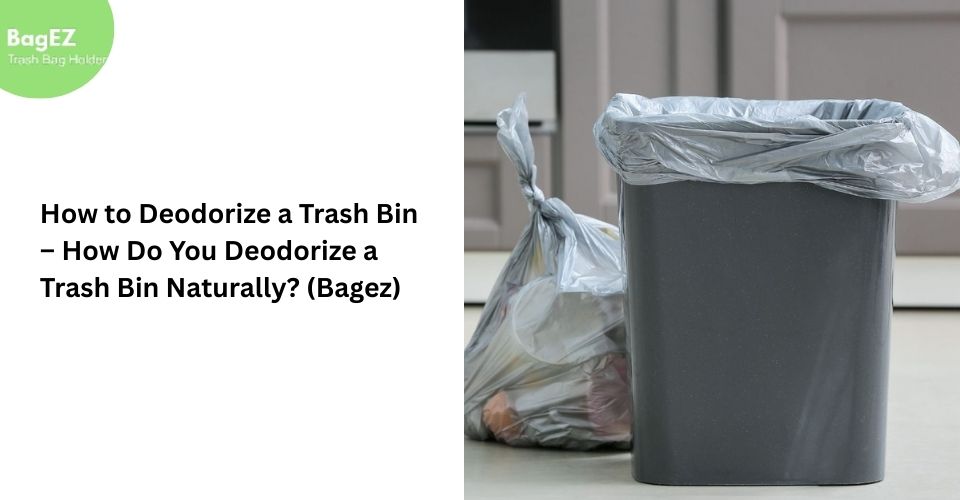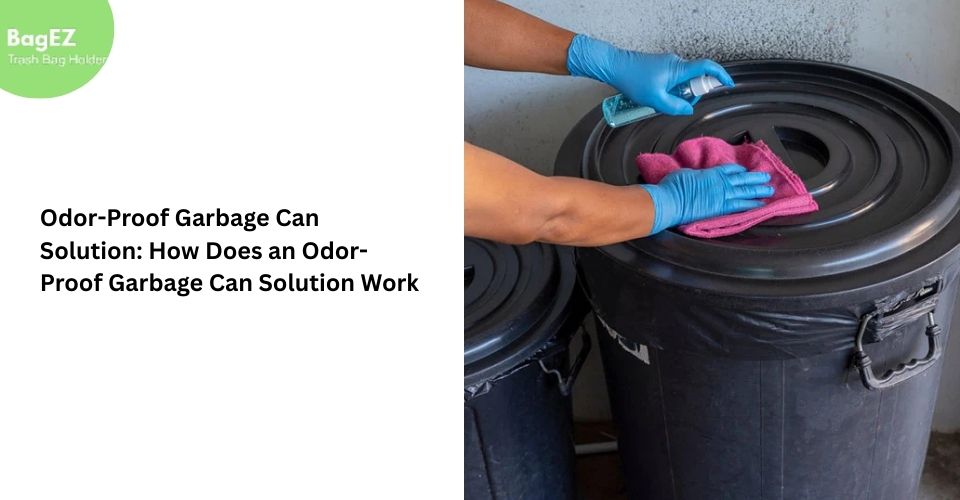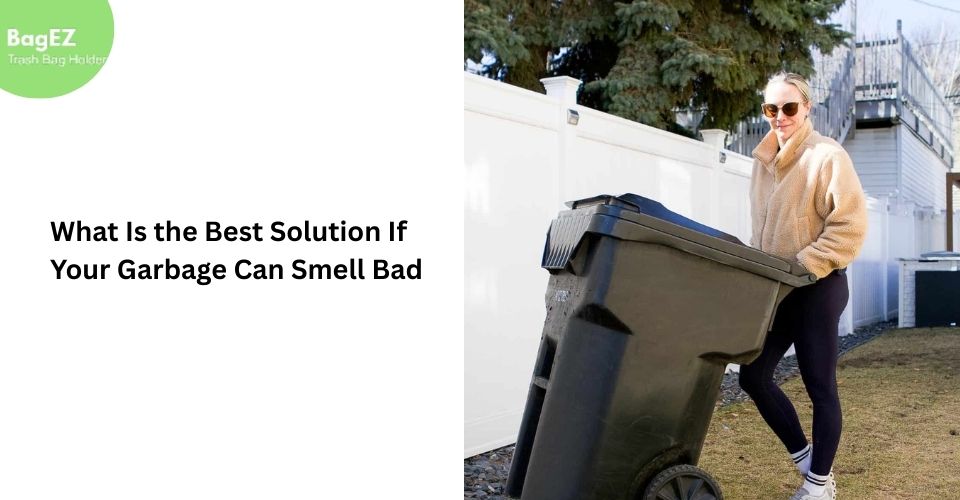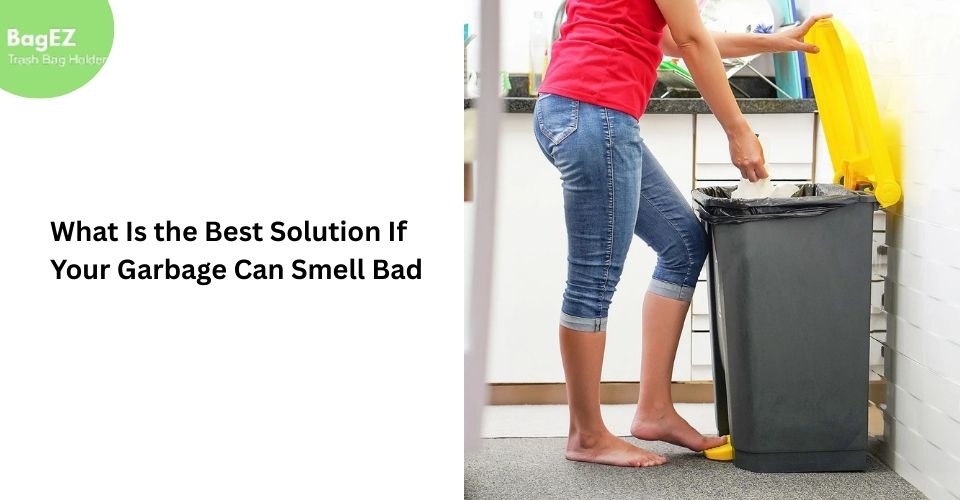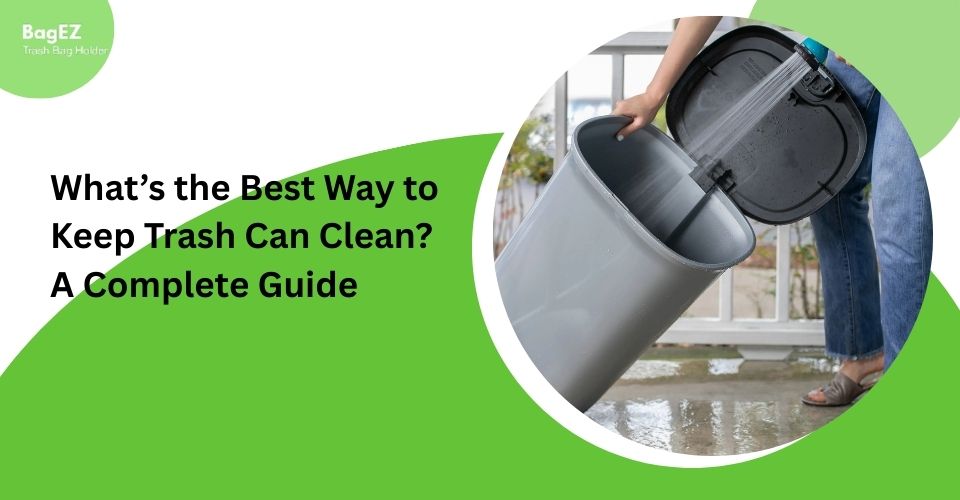The core of a healthy living environment is a spotless kitchen, yet most household trash can become a playground to undesirable animals and hazardous to hygiene within a short period. The use of high-strength containment solutions plays an important role in avoiding leaks, spills, and infestations.
This article will discuss how Bagez strong liners make tear resistance and secure closures, the best practices in the proper disposal, and demonstrate their advantage over standard options in an effort to assist you in getting the right solution in your household.
The Influence of Strength on Waste Containment
The typical liners usually rip apart due to sharp food wastes, broken glasses, or when stacked to heavy loads, thus causing leaks that stain the bins and the floor. Such cracks allow the escape of attractants to attract flies, ants as well as rodents to your home.
In comparison, heavy-duty liners are reinforced against the tear elements and puncture-resistant liners manufactured to endure rugged handling and irregular configurations. John, with investment on durable products, cleaning time will be less, exposure to pests will be less and the environment will remain fresh.
Important Innovations of High‑Strength Liners
Strong liners are characterized by customized parts of designs:
● Strengthened seams: Welded sides do not separate in a tension, even when the bag is excessively full.
● Quick-Seal closures: Built-in drawstrings or band seals provide a snug closure to seal scents and bugs in.
● Heavy Film Gauge: Bones, fruit pits and broken glass can only be stopped by heavy material.
● Flexible Stretch: Capacity to stretch in order to overcome the unusual contents without any tear.
These features are merged in products such as the ones provided by Bagez and you can be able to handle your products kitchen to curb without hassles.
Step‑by‑Step Guide to Pest‑Free Disposal
-
Pre‑Sort Your Waste:
Separate liquids by draining grease and kitchen runoff into a dedicated container. This step lightens the load and prevents pooling at the bottom of your liner.
-
Use a Rigid Bin:
Pair strong liners with sturdy receptacles. Rigid walls reduce the risk of tearing when the bag shifts or drags.
-
Insert the Liner Properly:
Open the bag fully, tuck the edges over the bin rim, and ensure even placement on all sides. Avoid overstretching, which can weaken the material.
-
Layer Organic Material Safely:
Wrap sharp or heavy scraps—such as fish bones or glass shards—in newspaper before disposal to minimize puncture points.
-
Seal Immediately After Filling:
As soon as the bag reaches three‑quarters full, use the drawstrings or band seal to close it. Prompt sealing stops odors and blocks pest access.
-
Store in a Cool, Covered Area:
If immediate removal isn’t possible, keep sealed bags in a garage or outdoor chute. Cooler temperatures slow bacterial growth and reduce smells.
By following these steps, you leverage the full potential of your liners to maintain a clean, pest‑resistant kitchen.
Comparison: Heavy‑Duty Liners vs. Standard Options
|
Feature |
Standard Liners |
Mid‑Tier Liners |
Heavy‑Duty Liners (Recommended) |
|
Thickness (Gauge) |
6–8 μm |
9–12 μm |
15–20 μm |
|
Seam Strength |
Basic seal |
Reinforced |
Welded, leak‑proof |
|
Puncture Resistance |
Low |
Moderate |
High |
|
Closure Type |
Twist tie |
Drawstring |
Integrated band seal |
|
Suitable for Sharps |
No |
Limited |
Yes |
|
Average Cost per Bag |
$0.05–$0.08 |
$0.10–$0.14 |
$0.18–$0.25 |
This table demonstrates why investing in robust liners pays off with fewer leaks, easier handling, and superior pest control.
Additional Best Practices
Maintaining a spotless kitchen goes beyond choosing the right bag. Regularly scrub bins with disinfectant, replace liners before overflow, and avoid letting organic waste accumulate overnight. For basement or outdoor bins, consider using scented liners or adding moisture‑absorbing pouches to further deter insects.
Environmental Considerations
While strength is paramount, sustainability cannot be ignored. Look for products that use recycled materials or are certified for safe energy recovery. Bagez offers a range of options that balance durability with eco‑friendly composition, ensuring your kitchen stays clean without compromising environmental responsibility.
Selecting the right containment solution is the first line of defense against kitchen messes and pest invasions. Strong liners equipped with reinforced seams, thick film, and secure closures keep leaks at bay and odors contained until disposal day. By following proper usage techniques and pairing premium products from Bagez with diligent bin maintenance, you’ll enjoy a consistently clean, pest‑free kitchen environment. Make the switch today and experience the difference that quality makes.




